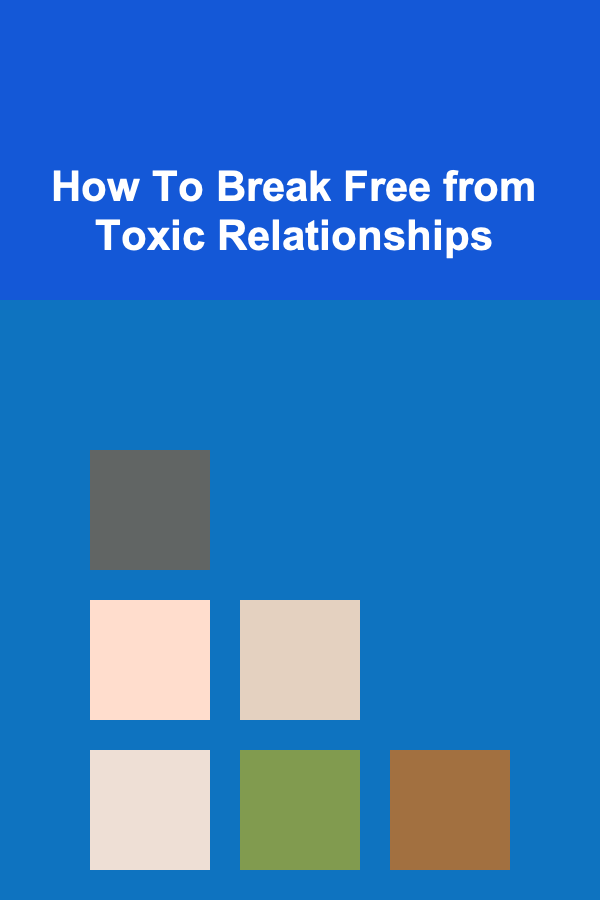
How To Break Free from Toxic Relationships
ebook include PDF & Audio bundle (Micro Guide)
$12.99$6.99
Limited Time Offer! Order within the next:

Toxic relationships are a pervasive issue that can negatively affect one's mental, emotional, and physical well-being. These relationships can exist in various forms, whether they are romantic, familial, platonic, or even professional. While each toxic relationship is unique, they all share certain characteristics that can make them extremely harmful over time. Breaking free from such relationships is essential for personal growth, happiness, and overall life satisfaction. However, it's not always easy to take the first step, especially when the connection feels complicated or when there is emotional dependency involved.
In this article, we will explore the concept of toxic relationships, identify the signs to look for, and provide practical steps on how to break free from them. The goal is to empower individuals to recognize unhealthy dynamics, regain their self-worth, and take charge of their emotional and psychological well-being.
Understanding Toxic Relationships
A toxic relationship is one that is harmful to an individual's emotional or physical health. These relationships often involve manipulation, abuse, and control, where one person may take advantage of the other. The term "toxic" describes how damaging the interaction is, leaving individuals feeling drained, unappreciated, and emotionally exhausted.
While toxic relationships can happen in various contexts, they often involve a power imbalance, with one individual dominating or exploiting the other. This dynamic makes it difficult for the victim to thrive, leading to feelings of isolation, self-doubt, and insecurity. Often, toxic relationships thrive because of emotional dependency, guilt, or fear, which can make it challenging to break free from them.
Types of Toxic Relationships
-
Romantic Relationships: In romantic relationships, toxicity can manifest in numerous ways, such as emotional abuse, manipulation, control, and gaslighting. A toxic partner may constantly belittle, blame, or criticize you. They may try to control your actions, thoughts, or even who you interact with. Over time, this kind of behavior can erode your self-esteem, making you feel unworthy of love or happiness.
-
Familial Relationships: Toxicity in family dynamics can often be overlooked because of the societal expectation that family should always be supportive. However, family members can be some of the most harmful influences in a person's life. Toxic family members may exhibit traits of narcissism, emotional neglect, or constant criticism. These relationships can be especially difficult to navigate, as they often involve deep emotional ties and a sense of obligation or duty.
-
Friendships: Even friendships can be toxic. A "toxic friend" may be self-centered, manipulative, or competitive. They might consistently drain your energy, only reach out when they need something, or undermine your achievements. The imbalance in these relationships can leave you feeling unsupported and constantly on edge.
-
Professional Relationships: Toxic relationships in the workplace are also very common. A toxic colleague or boss may engage in bullying, gossip, or sabotage. They may create a hostile environment where trust is nonexistent, and you feel undermined or invisible. This can significantly impact your career progression, job satisfaction, and overall mental health.
Signs of a Toxic Relationship
Recognizing the signs of a toxic relationship is the first step in freeing yourself from it. The following behaviors and patterns are common indicators that you're involved in a toxic relationship:
-
Constant Negativity: If the majority of your interactions with someone leave you feeling drained, upset, or angry, it's a sign that the relationship is toxic. There might be constant criticism, blame, or negativity, which wears down your self-confidence.
-
Manipulation and Gaslighting: Manipulative individuals often twist the truth, make you question your perception, or deny reality to control you. Gaslighting is a form of psychological manipulation in which the toxic individual makes you feel as though you're the one causing the problems, which can make you doubt your own thoughts and feelings.
-
Emotional Abuse: This can involve name-calling, belittling, yelling, or threatening. Emotional abuse can be more subtle, but it has long-lasting effects. Over time, it can lower your sense of self-worth and make you feel emotionally drained.
-
Physical Abuse: Physical violence is one of the clearest signs of a toxic relationship, but it doesn't always present immediately. Abusers may start with small gestures like shoving, slapping, or pushing, and over time these actions can escalate.
-
Isolation: A toxic individual might try to isolate you from your friends, family, or other support networks. They may make you feel as though you can't rely on anyone but them, fostering an environment of dependency and control.
-
Disrespect of Boundaries: Toxic individuals often disregard personal boundaries. They may make unreasonable demands on your time or energy, pressure you into situations you're uncomfortable with, or continually violate your personal space, both physically and emotionally.
-
Lack of Reciprocity: Healthy relationships are characterized by give-and-take. In a toxic relationship, you may feel like you are always the one giving---whether it's emotional support, time, or effort---without receiving anything in return.
-
Constant Drama or Crisis: If a relationship seems to constantly be filled with drama or crises, it could be a sign of toxicity. The individual may stir up conflict unnecessarily, keeping you in a state of anxiety and uncertainty.
Why Is It So Hard to Leave a Toxic Relationship?
Leaving a toxic relationship can feel like an insurmountable challenge for several reasons:
-
Emotional Attachment: Even though a relationship may be toxic, emotional bonds are difficult to break. Love, or the idea of love, can cloud judgment, making it harder to let go.
-
Fear of Loneliness: People often fear being alone, which can make it difficult to leave a relationship, even when it's harmful. The thought of no longer having someone in your life, even if that someone is toxic, can feel incredibly daunting.
-
Guilt and Self-Doubt: Toxic individuals are skilled at manipulating feelings of guilt. You may feel guilty for leaving, thinking you could be doing more to help the person, or you may feel undeserving of a better relationship.
-
Hope for Change: There's often hope that the toxic person will change or that things will improve over time. This hope keeps individuals stuck in the relationship, despite the ongoing harm it causes.
-
Fear of Retaliation or Escalation: In abusive relationships, there's often a fear that leaving will provoke retaliation or escalation of the abuse. This fear can make it even harder to take the necessary steps to leave.
-
Dependence: Many people are financially, emotionally, or physically dependent on their toxic partners, making it even harder to break free. They may feel they have no other options, especially if they have children or other responsibilities that tie them to the relationship.
Steps to Break Free from a Toxic Relationship
Breaking free from a toxic relationship requires courage, self-awareness, and a strong commitment to your own well-being. The following steps can help you take control of your life and move forward:
1. Acknowledge the Toxicity
The first and most crucial step in breaking free from a toxic relationship is acknowledging that the relationship is harmful. You need to recognize the negative impact it is having on your emotional, mental, and physical health. Understand that toxic relationships are not your fault, and you deserve to be treated with respect and kindness.
2. Set Boundaries
Setting boundaries is essential for protecting yourself from further harm. Decide what behaviors are unacceptable and communicate these boundaries to the toxic person. Boundaries can range from limiting contact to ending the relationship entirely. Stand firm in your boundaries, and don't allow the toxic individual to cross them.
3. Seek Support
You don't have to go through this alone. Reach out to trusted friends, family, or a therapist who can offer support and guidance. Support from others can help you gain perspective and provide the strength needed to break free from the relationship.
4. Plan Your Exit
If the relationship is particularly abusive or involves emotional manipulation, it's crucial to have a clear exit plan. This may involve finding a safe place to go, securing financial independence, or making arrangements to protect yourself emotionally and physically.
5. Practice Self-Care
Self-care is crucial during and after leaving a toxic relationship. Focus on rebuilding your sense of self-worth, pursuing activities that bring you joy, and taking care of your physical and emotional health. Self-care can include anything from exercise to spending time with people who uplift you.
6. Cut Off Contact
Once you've decided to leave, it's important to cut off contact with the toxic individual. Continuing to interact with them will only prolong the healing process and may drag you back into the cycle of toxicity. If necessary, block their phone number, social media profiles, and any other means of communication.
7. Let Go of Guilt
It's common to feel guilty about leaving someone, especially if they have manipulated you into believing that you are responsible for their well-being. Remember, your first responsibility is to yourself. You have the right to live a life free of emotional harm, and leaving a toxic relationship is an act of self-preservation.
8. Give Yourself Time to Heal
Healing takes time, so be patient with yourself. It's normal to experience feelings of sadness, anger, and relief after leaving a toxic relationship. Give yourself permission to grieve the relationship, but also make space for growth and healing.
9. Learn from the Experience
Once you've had time to reflect, think about what you've learned from the toxic relationship. Use this knowledge to set better boundaries in future relationships and recognize red flags earlier. The goal is to avoid falling into similar patterns in the future.
10. Embrace a Healthier Future
Once you've healed from the toxicity, you can begin to embrace healthier relationships and a more positive future. Focus on building a life that aligns with your values, priorities, and well-being.
Conclusion
Breaking free from a toxic relationship is a challenging yet empowering process. It requires recognizing the harm, setting boundaries, and finding the strength to move on. While the path may be difficult, it's ultimately a journey toward healing, self-discovery, and growth. By acknowledging your worth and taking proactive steps toward a healthier life, you can break free from the chains of toxicity and reclaim your peace of mind, happiness, and emotional well-being.
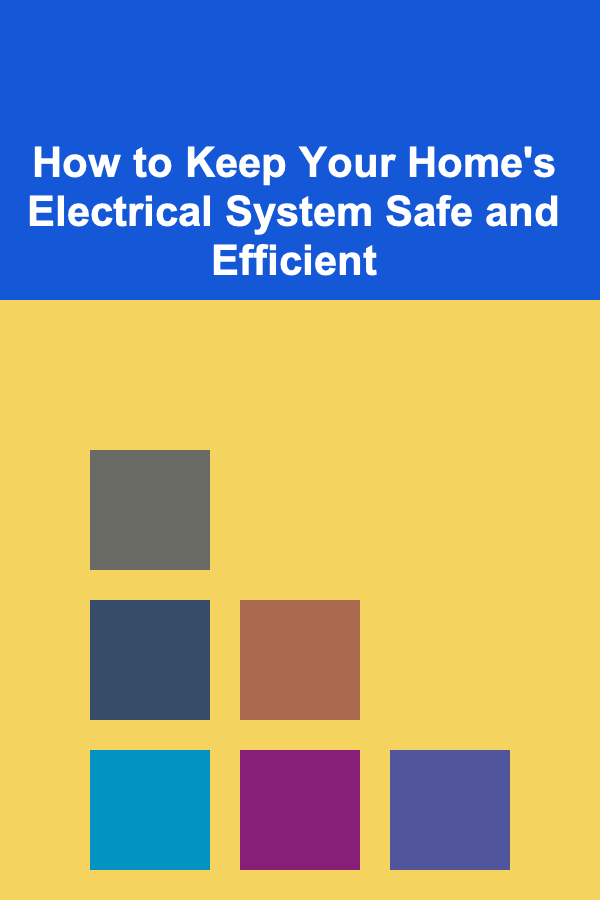
How to Keep Your Home's Electrical System Safe and Efficient
Read More
How to Renovate Your Home's Entryway for a Grand First Impression
Read More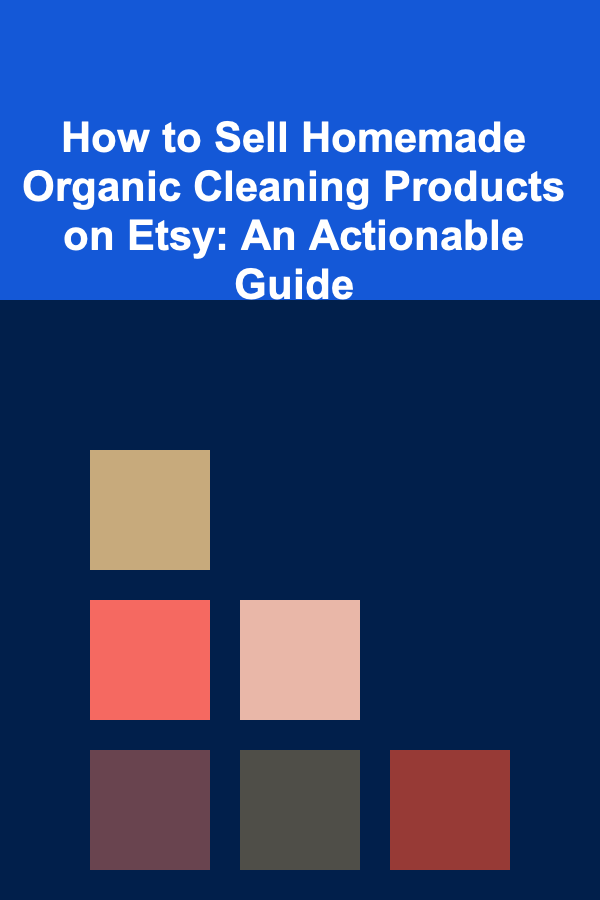
How to Sell Homemade Organic Cleaning Products on Etsy: An Actionable Guide
Read More
The Art of CRM: Leveraging Data to Enhance Customer Experiences
Read More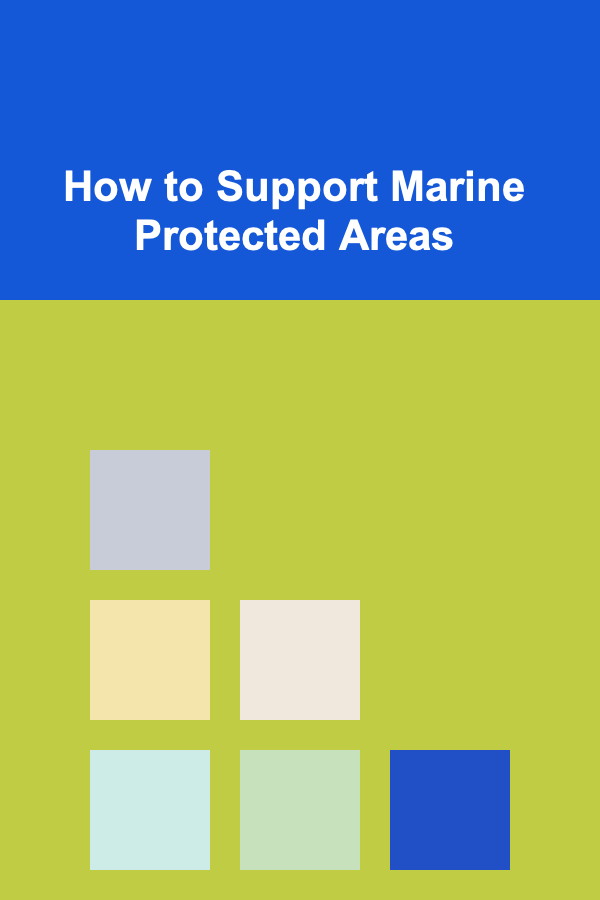
How to Support Marine Protected Areas
Read More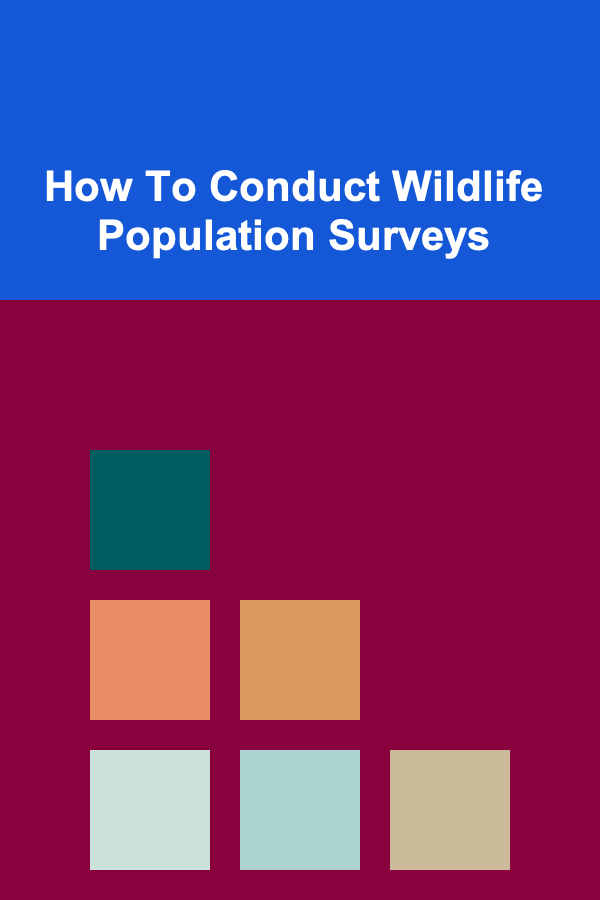
How To Conduct Wildlife Population Surveys
Read MoreOther Products

How to Keep Your Home's Electrical System Safe and Efficient
Read More
How to Renovate Your Home's Entryway for a Grand First Impression
Read More
How to Sell Homemade Organic Cleaning Products on Etsy: An Actionable Guide
Read More
The Art of CRM: Leveraging Data to Enhance Customer Experiences
Read More
How to Support Marine Protected Areas
Read More